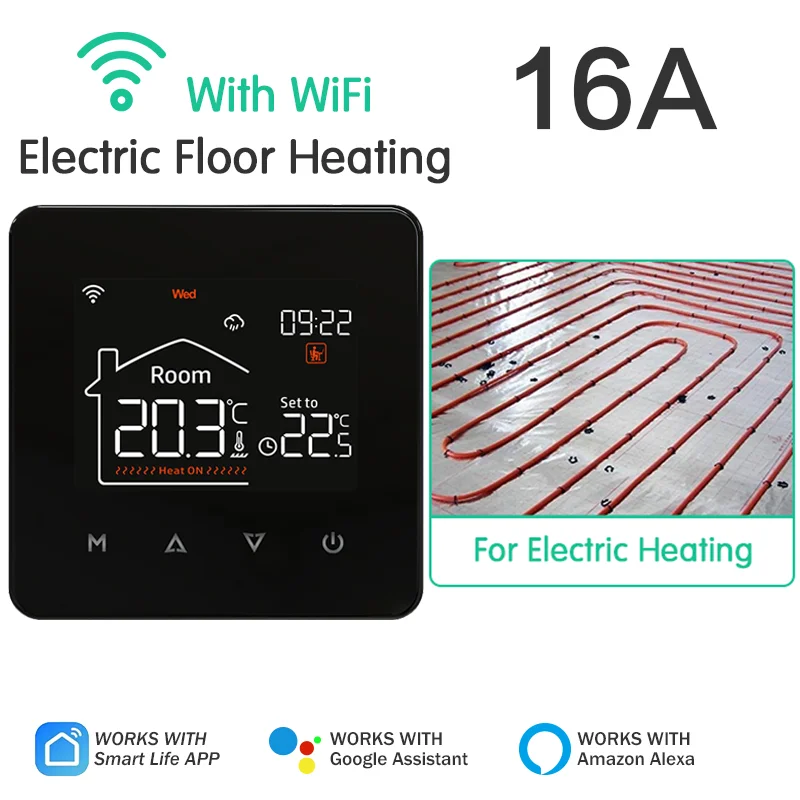

In today’s fast-paced world, technology is revolutionizing how we interact with our surroundings. The concept of a smart home is no longer just a futuristic dream—it’s quickly becoming a reality for many homeowners. With the rise of smart technology, transforming your home into a smart home has never been easier or more affordable.
A smart home uses internet-connected devices to allow remote management and monitoring of systems and appliances such as lighting, heating, security, and entertainment. By integrating these technologies, you can not only enhance convenience but also improve energy efficiency, safety, and even save money in the long run.
If you’re ready to embrace the future and start building your own smart home, this guide will walk you through the essential steps to make it a reality.
Step 1: Plan Your Smart Home Ecosystem
Before diving into purchasing devices and setting everything up, it’s essential to have a clear plan in mind. Think about what areas of your home you want to automate and which devices will provide the most value. A few common areas for automation include:
Assess your needs, budget, and the technology that will integrate best into your lifestyle. Make sure to choose devices that are compatible with each other and can be controlled from one central platform.
Step 2: Choose a Central Smart Home Hub
A central smart home hub is the brain of your smart home. This is the device you’ll use to control and manage all of your other smart devices. Popular smart home hubs include:
Pick a hub that suits your existing devices and ecosystem. If you already own an Alexa-enabled device or a Google Nest, it makes sense to stick with the corresponding ecosystem for compatibility.
Step 3: Smart Lighting for Enhanced Convenience
Lighting is one of the easiest and most affordable upgrades for a smart home. With smart lighting, you can control the intensity, color, and timing of your lights from your smartphone or via voice commands. This offers a huge benefit in terms of convenience and energy savings.
The flexibility of controlling your lights via voice assistants or apps means you can set the perfect ambiance in your home without ever touching a switch.
Step 4: Install Smart Security and Surveillance
Security is one of the most appealing aspects of a smart home. From video doorbells to surveillance cameras, smart security devices give you peace of mind and help keep your home safe.
These smart devices provide both convenience and safety. For instance, you can keep an eye on your home while on vacation or even unlock the door for a visitor without being physically present.
Step 5: Upgrade to a Smart Thermostat
One of the best ways to save on energy bills and increase your home’s efficiency is by upgrading to a smart thermostat. Smart thermostats learn your preferences and automatically adjust the temperature based on your schedule.
By having a smart thermostat, you’ll not only be able to adjust your home’s temperature remotely, but you can also set schedules to save energy while you’re away. This can lead to substantial savings on your monthly utility bills.
Step 6: Integrate Smart Entertainment
Entertainment systems are another area where smart technology can enhance your experience. With smart speakers and smart TVs, you can enjoy entertainment at the touch of a button.
content directly without needing a separate streaming device.
With smart entertainment, you can easily control your music, TV shows, and movies via voice commands, making it effortless to create the perfect atmosphere for any occasion.
Step 7: Automate Your Home with Smart Scenes
To truly optimize your smart home, consider setting up “scenes” or “routines” to automate your daily tasks. A scene is a collection of actions that are triggered by a single command.
For example, you could set up a “Good Morning” scene that turns on the lights, adjusts the thermostat, and starts playing your favorite news station. Or, a “Movie Night” scene could dim the lights, close the blinds, and turn on your TV, all with a simple voice command.
Most smart home hubs, such as Alexa, Google Home, and Apple HomeKit, allow you to create these routines, so you don’t have to do everything manually.
Step 8: Enhance Your Home with Smart Appliances
The future of home appliances is smart, too. From refrigerators to washing machines, many household appliances are now equipped with Wi-Fi, enabling remote control and enhanced functionality.
These appliances help save time and energy by automating or streamlining everyday tasks, making them an excellent addition to your smart home.
Step 9: Control Everything from Your Smartphone or Voice Assistant
The true beauty of a smart home lies in its ease of use. Once all your devices are connected, you’ll have full control through your smartphone, tablet, or voice assistant.
Download the respective apps for each smart device to control them individually or use your smart home hub app to manage everything from one place. If you prefer, you can use voice assistants like Amazon Alexa or Google Assistant to manage your smart home devices hands-free.
Conclusion: Embrace the Future of Living
Turning your home into a smart home is no longer just a luxury—it’s a step toward a more convenient, efficient, and secure lifestyle. From lighting and security to entertainment and energy management, smart devices can help you save time, money, and effort.
By following this step-by-step guide, you can gradually turn your house into a fully integrated smart home. Remember to start small and choose devices that work for you, and then expand as you become more comfortable with the technology. With the right approach, your home can be smarter, safer, and more energy-efficient in no time!
Our team is dedicated to providing unparalleled service.
Your payments are secure with our private security network.
Your orders are shipped right to your doorstep
Our foremost priority is to provide exceptional customer service and to consistently exceed expectations.